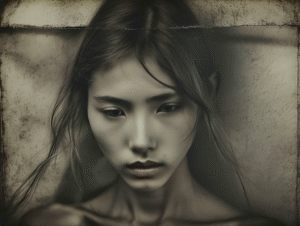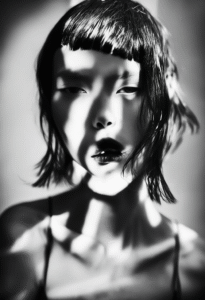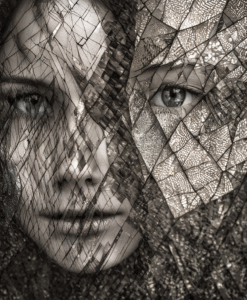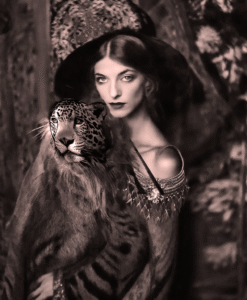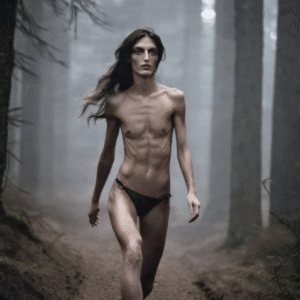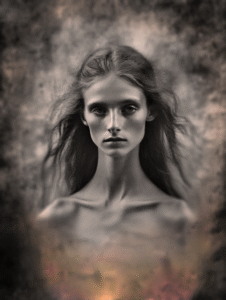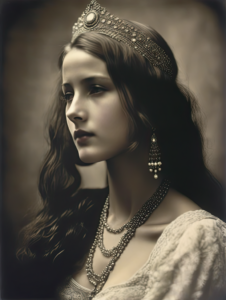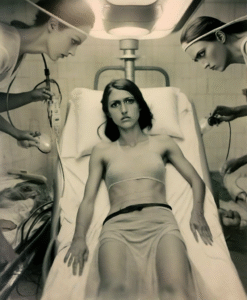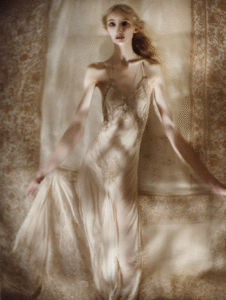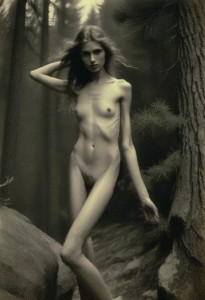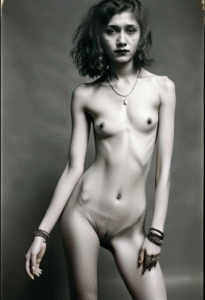Toward an Image That Remembers Differently
“Form is not neutral—it is political, ethical, and always in the process of becoming.”
—The Formative Turn
I come to artificial intelligence not as a technician, but as a photographer burdened by the history of the image.
Photography has always been bound to power. From the colonial archive to the surveillance state, from ethnographic studies to fashion campaigns, the camera has not only captured the world—it has constructed it. It has beautified and erased in equal measure. It has made certain faces luminous while consigning others to shadow.
The belief in photography as truth has long been a fiction. Every frame is a choice. Every lens, a filter. Every exposure, a silence.
AI-assisted image-making does not abandon photography. It confronts its legacy.
These portfolios emerge from that confrontation. They are not imagined futures. They are revisions of the visual record—restagings, hauntings, ruptures. I use generative tools not to fabricate fantasy, but to reassemble the archive through another gaze. These are not neutral experiments in aesthetics. They are interventions in visibility.
Some artists and photographers warn that AI will dismantle the craft, hollow out authorship, or flood the image world with unreality. But photography has always evolved by absorbing what once threatened it—chemical alchemy, roll film, colour emulsions, digital sensors, code. Resistance has always preceded acceptance.
AI is simply the next chapter in photography’s long dialogue with machinery.
But machinery is not the author. I am.
These works do not aspire to technical perfection. They aim to feel. Like Marina Abramović, I believe that art must work on the level of emotion. These images do not function as documentation or design—they ache, rupture, and pulse with the emotional residue of what has been forgotten or erased. They are acts of mourning, rage, and insistence.
I do not generate content. I summon presence.
The works that follow are acts of composition, not automation. They emerge from research, from witnessing, from memory, from sorrow. And like all my photographic work, they ask: Who gets to be seen? Whose beauty is permitted? Whose body is made spectral—and why?
This page will continue to grow as new portfolios are released. Each will carry its own introduction, its own urgency, its own language of fracture and reconstitution.
These images are not documents. They are provocations.
They are not simulations. They are arguments.
They are not to be admired.
They are to be faced.

